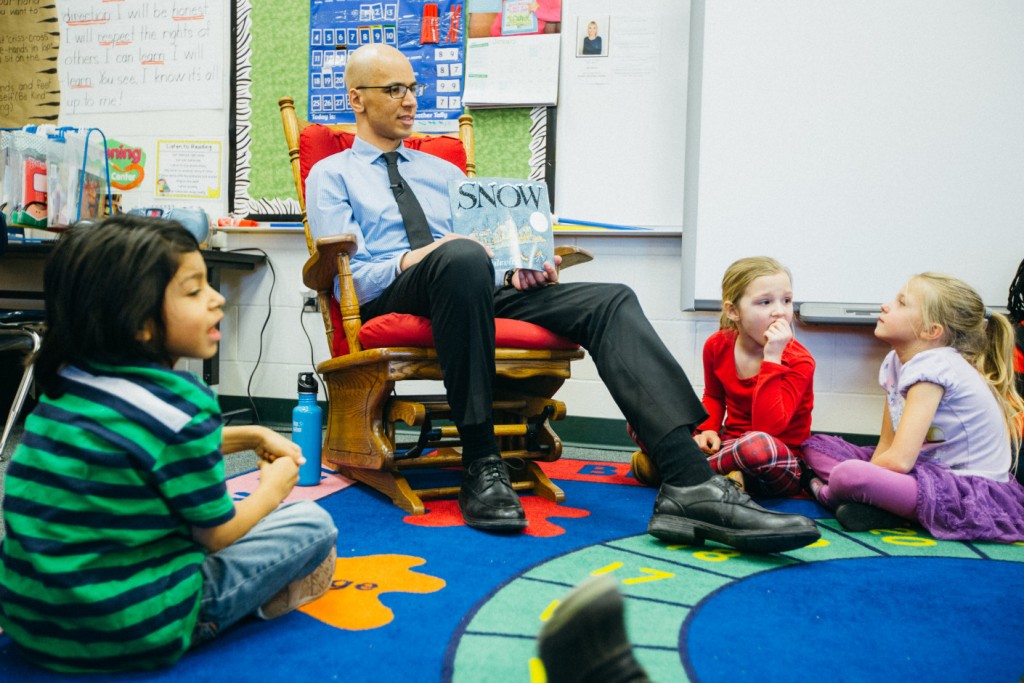
Understanding Alternative Schools
Alternative schools have been established decades ago for students who can’t learn effectively in normal schools, such as conventional private and public schools. They could have learning challenges, certain medical conditions, behavioural issues and psychological problems. Alternative schools should provide them with more complete developmental and educational objectives than standard schools. They could have additional programs that enhance social skills, foster the growth of individuality and improve student self-esteem. In general, alternative schools can be more flexible in terms of organization and administration. There should be additional varieties in educational programs. Once available solely for disruptive students who face the risk of dropping out due to incompatibility with traditional schools, alternative schools are also available for wider communities for people who can’t learn well in traditional environments.
Teachers will have unique methods to deal with adolescents and children with psychological and behavioural issues, such as aggression, violence, abuse, substance use, personality disorders and depression. Alternative schools are often designed as a safe therapeutic environment for people who need more individualize attentions. Alternative schools are also appropriate for students who are healthy mentally, but have certain medical and intellectual challenges. They may have physical disabilities, chronic illness or intellectual issues, such as dyslexia. In this case, alternative schools will combine standard education services with clinical treatments and therapies. Curriculum and structure of alternative schools could vary depending on the student population and educational goals.
However, alternative schools are not easily accessible in many areas. Students may need additional travel distance to cover each day or they can stay in boarding facilities nearby. Students may need to undergo behavioural and psychological evaluations that are not available, traditional schools. There are suitable programs for oppositional and disturbed students. There are specially trained staffs that can provide children with closer supervision. Some programs are also designed for special students, such as teen mothers or pregnant teens, who need to proceed with their high school education. Each year, many thousands at-risk students need to undergo education in alternative schooling system. Parents should make sure that these schools have the special educational programs that can meet problems associated with learning challenges and disabilities.
Alternative schools require students to pay monthly tuitions and there could be a competitive admission process if there are limited classrooms and seats. Students will need to complete the application and interview process. They will need to emphasize themselves with athletic and academic achievements. There are student acceptance tests that are based on athletic and academic potentials. Students with specific challenges will need to perform well based on their conditions. Alternative schools should have more individualized opportunities to develop intellect and creativity. They may also benefit with the extracurricular activities, more structured learning environment and smaller class. Students will be able to join therapeutic wilderness programs that can help them find individual therapy in the outdoor settings. More and more parents are putting their children in alternative schools to provide them with enough educational programs.
